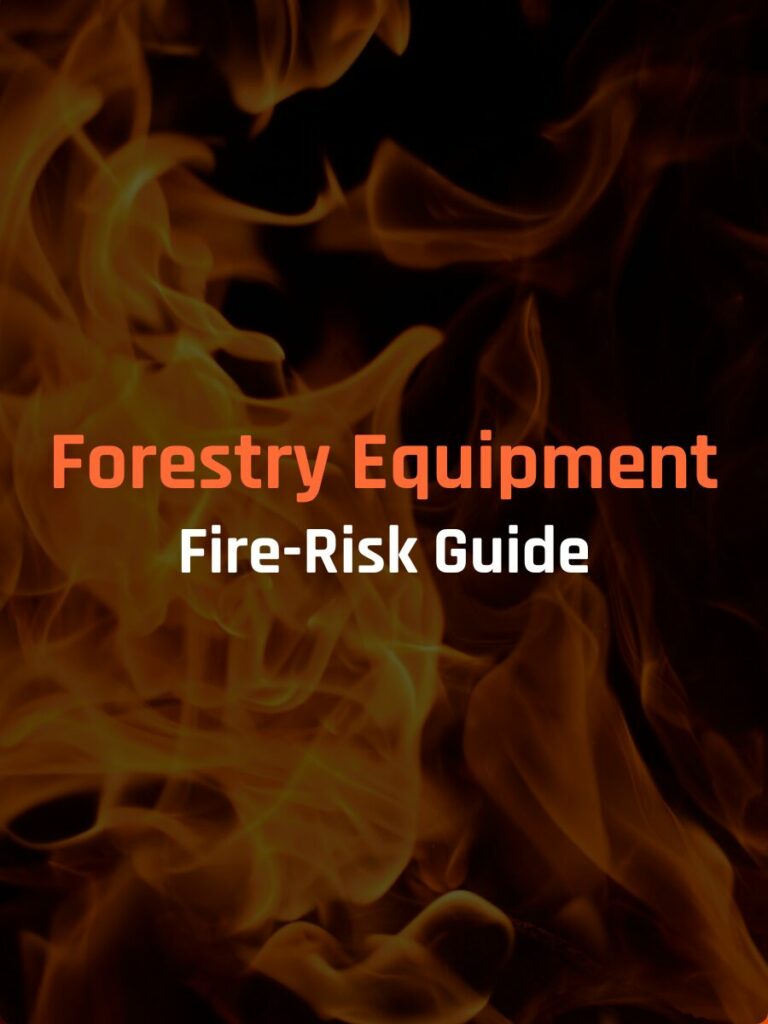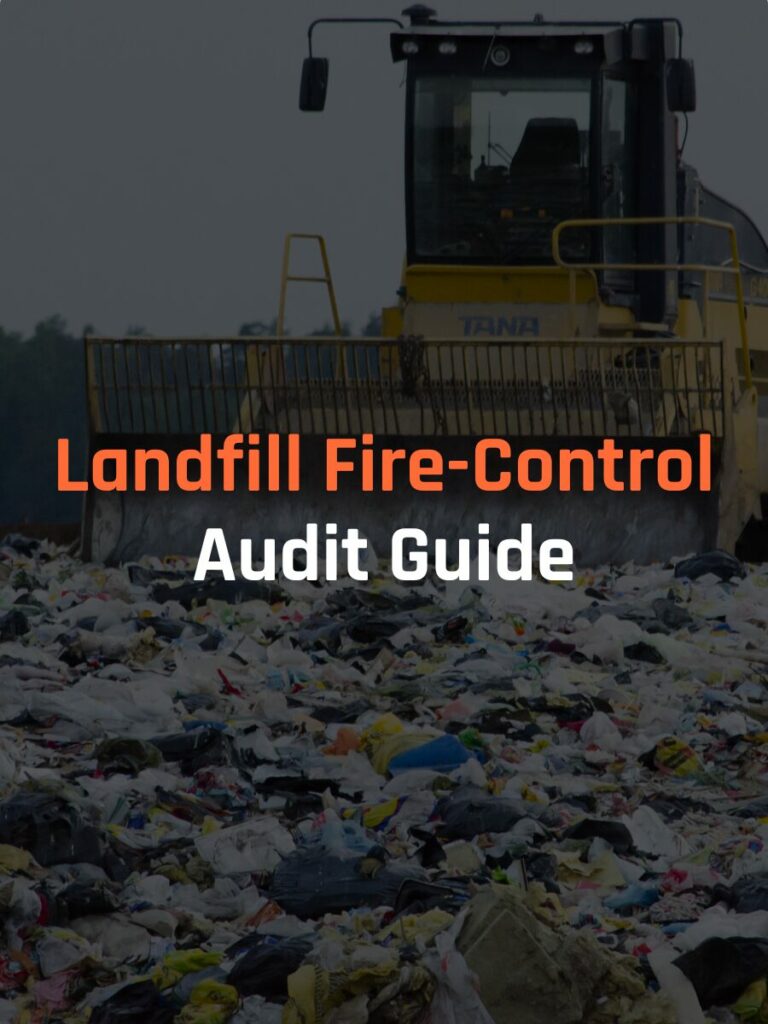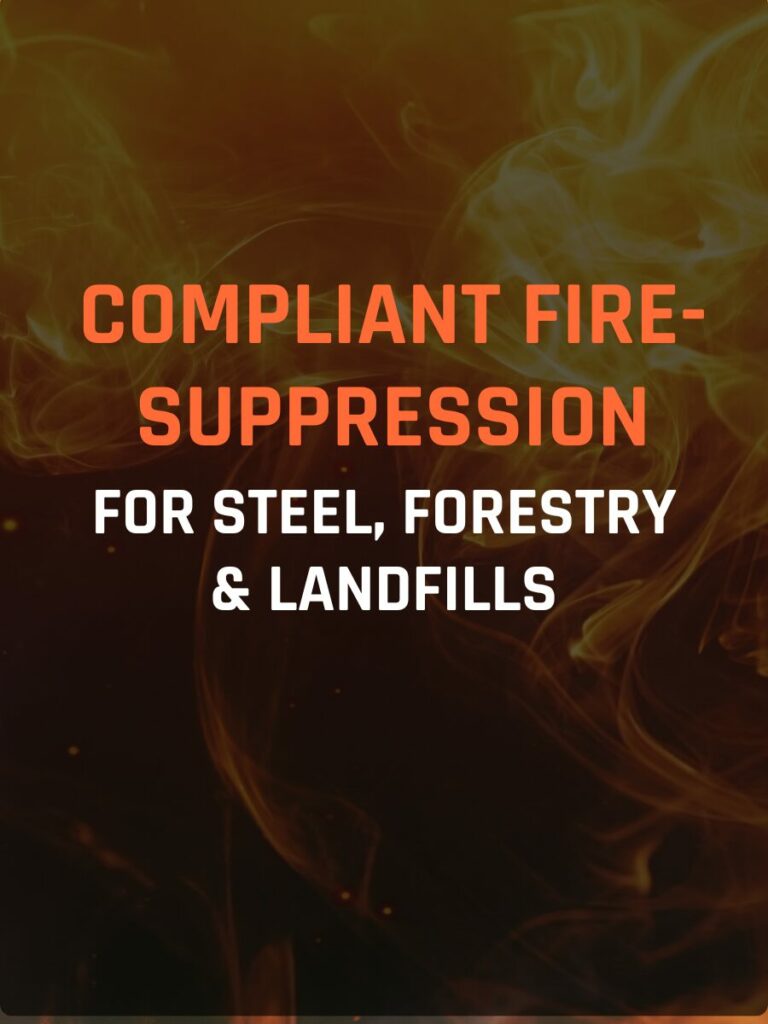
Insurance Underwriter’s Checklist for On-Board Fire Suppression
- Home
- E-Journal
- Post
Underwriters move fast when two things are clear: your system is installed to a recognized standard and you can prove it’s maintained on schedule. Use this guide to assemble the packet most carriers ask for so you can bind coverage quicker (and often qualify for credits).
What underwriters look for (in plain English)
- Installed to an OSHA-recognized framework. Fixed systems must follow OSHA’s Subpart L rules; 1910.160 sets the general requirements for all fixed extinguishing systems.
- Documented inspections and upkeep. OSHA’s own checklist highlights annual inspection and ongoing maintenance responsibilities for employers with fixed systems.
- The right standard for the agent type. OSHA references the NFPA standards families (e.g., NFPA 17 for dry chemical; NFPA 17A for wet chemical) as the technical basis for design/ITM.
- Agent-specific rules. Dry-chemical systems fall under 1910.161 and must also comply with 1910.160 general provisions.
The 10-Document Underwriter Packet
Install cert + nozzle map — proves OSHA/NFPA-aligned install. OSHA
Cylinder weights/pressures — shows agent in-spec. OSHA
Detection loop test — leak/hold-pressure record. OSHA
Interlock/functional test — alarms + shutdown (as designed). OSHA
Nozzle photos — clean/unobstructed. OSHA
Spare parts list — ready for quick return-to-service. OSHA
Training roster — annual review completed. OSHA
Annual inspection cert — fixed-system requirement. OSHA
Incident log — tracks activations/near-misses. OSHA
ITM forms/calendar — aligns to OSHA checklist.
#
Documents
Why it matters
1
Installation certificate + as-built nozzle/coverage map
Shows installation aligned to OSHA/NFPA framework and manufacturer listing.
2
Cylinder agent weight & (if applicable) pressure log
Demonstrates agent is in-spec between services. OSHA
4
Interlock/function test record (alarm, engine/fuel shutdown where designed)
Confirms system behaves as designed during discharge/alarm. OSHA
5
Nozzle inspection photo set
Visual proof nozzles are clean/unobstructed (a common failure mode). OSHA
6
Spare parts inventory (fuses, burst disks, o-rings)
Shows you can return the unit to service promptly post-event. OSHA
Required inspection cadence (what to show)
Annual inspection: 1910.160(b)(6) requires a yearly inspection of fixed systems; OSHA’s interpretation letter clarifies it can be done by a qualified employee or contractor. Keep the cert on file.
Ongoing maintenance & testing: OSHA’s Fixed Extinguishing Systems Checklist lays out recurring checks (component condition, alarms, warnings, etc.). Keep signed checklists with dates.
Make the packet "audit-proof" (quick wins)
Use a standard filename: [Machine][Task][YYYY-MM-DD] (e.g., Loader14_DetectionTest_2025-08-10.jpg).
One folder per machine with subfolders: Install, ITM, Photos, Certs, Incidents.
Include a one-page summary listing last inspection date, next due date, service vendor contact, and system type (dry-chem/dual-agent/liquid).
Cross-link your safety plan: OSHA’s eTool is a good index for auditors; keep a printout in the packet.
Ready to protect your fleet?
Email us at hello@greasepoint.com or call us at 888-631-7638. We’ll review your equipment list, outline code requirements, and deliver a compliance plan.
GreasePoint is an authorized AFEX distributor for the Mid-Atlantic and the exclusive Amerex heavy-equipment fire-suppression partner for North Carolina.
RECENT POSTS
SOCIAL MEDIA
SUBSCRIBE TO OUR NEWSLETTER
GET IN TOUCH
We’re looking forward to working with you. Whether you have questions about products or services, our team is ready to help.



